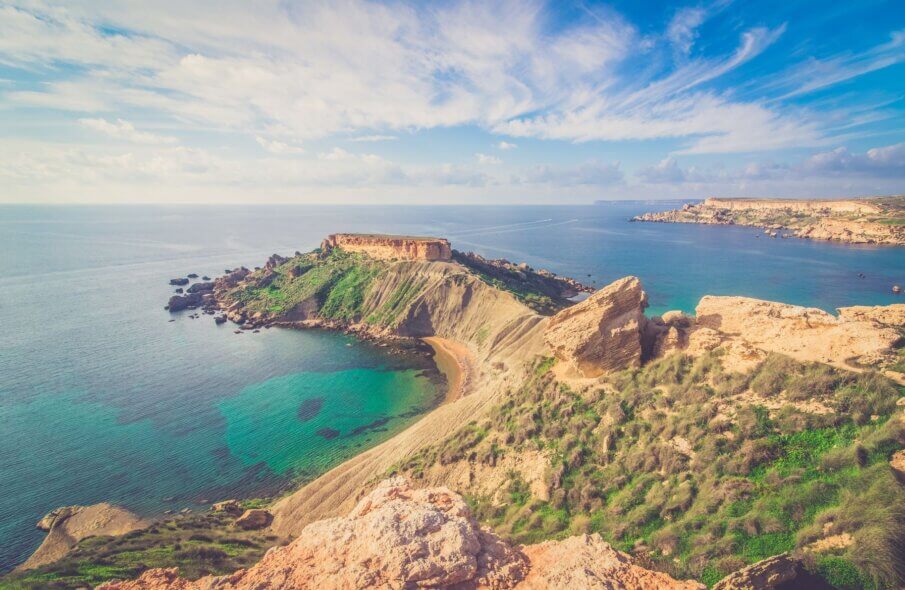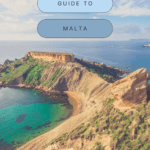*This is a collaborative post
Despite its 316 km² size, Malta is not short on things to keep you occupied, and the terrain and water conditions are perfect for both the beginner and experienced adventurer.
Also blessed with winter sun, the island is accessible all year round. This makes it easy to travel outside of the peak season (which falls between July and September) and still get the most out of their trip, with temperatures still averaging 23 degrees Celsius in October.
Adventures by Sea
Surrounded by crystal clear water, Malta offers a variety of both high thrill and low adventure activities to keep you entertained.
Stand-up paddle boarding (SUP) can be great for those who want to take to the water in a more relaxed style. Though perhaps try to kneel on the board first, as standing can be more challenging than first anticipated. This is a great option for those wanting to get on the water but find a kayak uncomfortable or want to use the board as a floating sun bed.
Fitness fanatics can also take advantage of stand-up paddle board yoga in St. Julian’s, an activity which sometimes yields hilarious results.
Kayak hire is also easy to arrange, either for guided or unguided trips. Make sure you leave plenty of time – there’s a lot to explore.
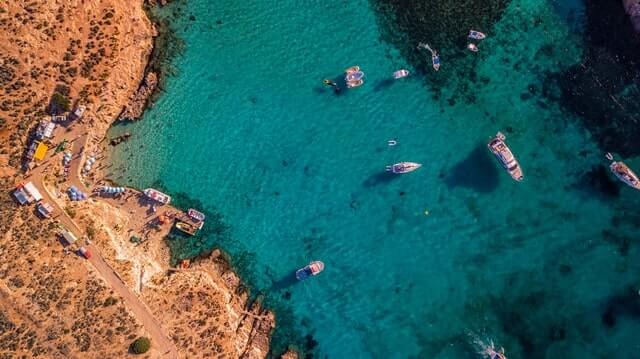
For those looking to get under the waves rather than on top of them, try snorkeling or diving.
Malta is well known for its world class dive sites, including shore dives, wreck dives and even wreck sites. Popular spots include HMS Maori, a British Destroyer which was sunk during WWII by German air raids.
Or check out the 10,000 tons of Um El Faroud, an ill-fated oil tanker which, after an explosion in the Port of Valletta in 1998 left it out of commission. It was then toed out to sea and is now one of the island’s most popular dive sites.
There is something for both experienced and beginner divers, so don’t be afraid to consider this if you’ve always wanted to have a go. There are plenty of dive schools around.
Adventures on Land
Malta is just as well equipped for those who like to keep themselves out of the water and on dry land.
Cycling, horseback riding and trail running are all popular, with both inland roads to explore and mountain biking. There are even ‘bike hotels’ with storage for your gear, or hire a bike for the day. Be warned though – some coastal areas of Malta are quite hilly, so don’t expect a flat ride.
Hiking is also popular, as it can be enjoyed all year due to the climate, with the 85 endemic floral and faunal species on the island contributing to the stunning background.
Keep an eye out in particular for the Maltese Wall Lizard, one of the most commonly spotted species exclusive to the archipelago.
There are long sections of coastal route, and the island is kept accessible by regular bus services, meaning that with good planning, you can get back to your hotel at the end of the day, rather than having to plan a circular route. Just ensure you pack appropriately and consider the climate when planning the difficulty of your route.
For the more casual hiker, we’d recommend the capital city walk through the pavements and coastal walkways of Valletta, offering stunning vistas of the Mediterranean, alongside historical hotspots such as the Grandmaster’s Palace.
For the more avid walker, you may want to test yourself on the 11.2 km trail along the Dingli Cliffs, one of the longest routes on the island.
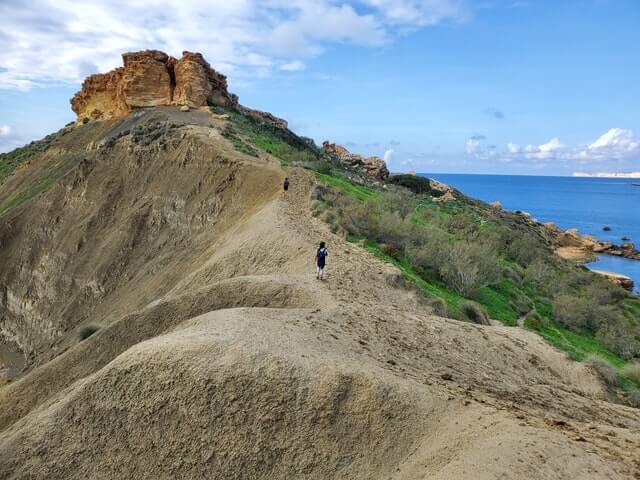
Adventure to Historical sites
Make sure you visit some of Malta’s historic sites, perhaps incorporating them in your cycling or hiking route as suggested above.
The island boasts several UNESCO heritage sites, including the city of Valletta, where 320 monuments are squeezed into an area of just 55 ha, making it one of the most concentrated areas of historical interest anywhere in the world.
Don’t miss the chance to also see the fascinating Hypogeum, a prehistoric cemetery believed to be in use circa 2500 BC.
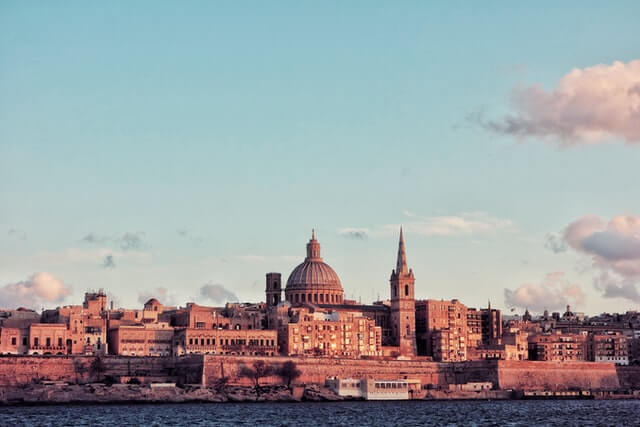
Concluding Thoughts
Whatever you decide to do in Malta, you’re sure to enjoy this beautiful island. For more things to do check out Visit Malta.
